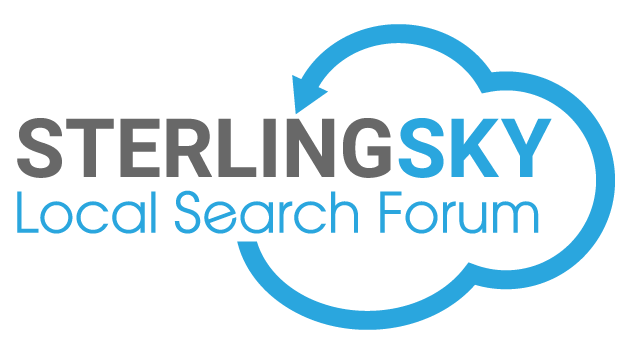Oleg Donets
Member
- Joined
- Nov 4, 2018
- Messages
- 19
- Reaction score
- 4
Thanks Scott!Yes, no need to add service areas as it will do nothing.
Follow along with the video below to see how to install our site as a web app on your home screen.
Note: this_feature_currently_requires_accessing_site_using_safari
Thanks Scott!Yes, no need to add service areas as it will do nothing.
I would assume that the address doesn't matter provided there is a name & phone number match.
So does this mean:Agree with Joy, the address is (and always has been hidden) so there would be no impact.
these will indeed be interesting times for local SEO!
@Justin Mosebach
Both show up as choices through the regular Google API as well. They both geolocate to the same spot. So many things to test, but I'm guessing that it would give the highest rankings at that point, which is where Google says is the center.

It'd be interesting to know if they both outline the whole US, if one only is the continental US, etc. BTW, Local Falcon is sweet
I'm pretty confident that no ranking signals have been changed (yet) or we'd be seeing changes broadly across tons of clients & verticals.


